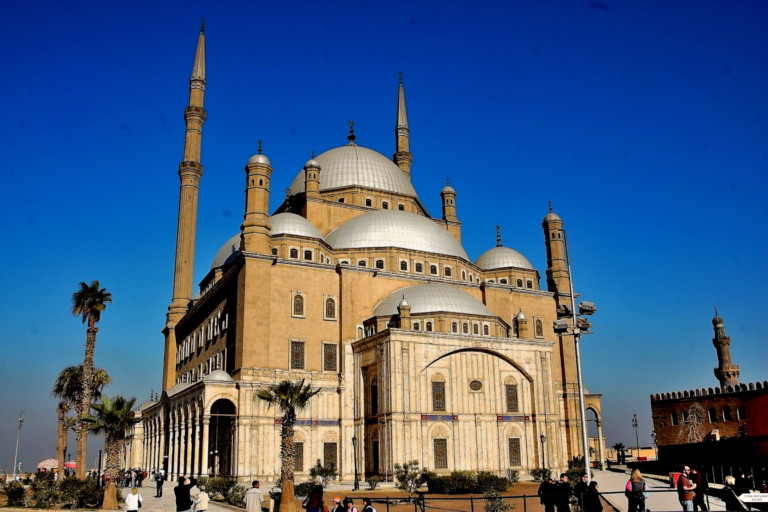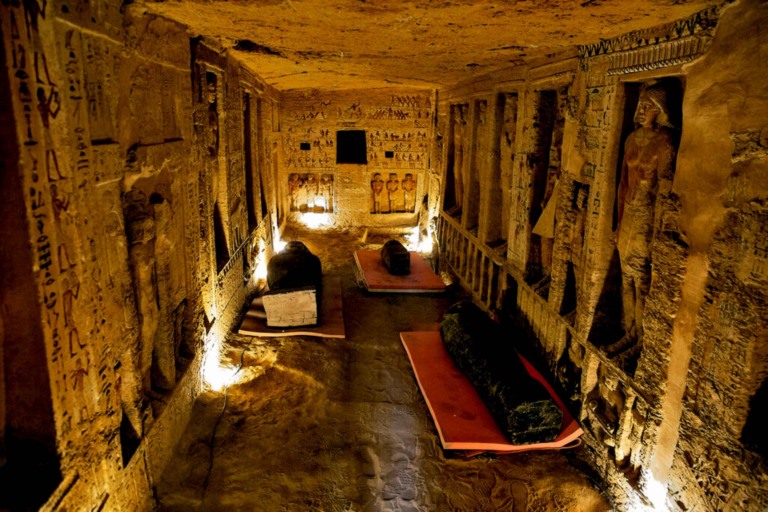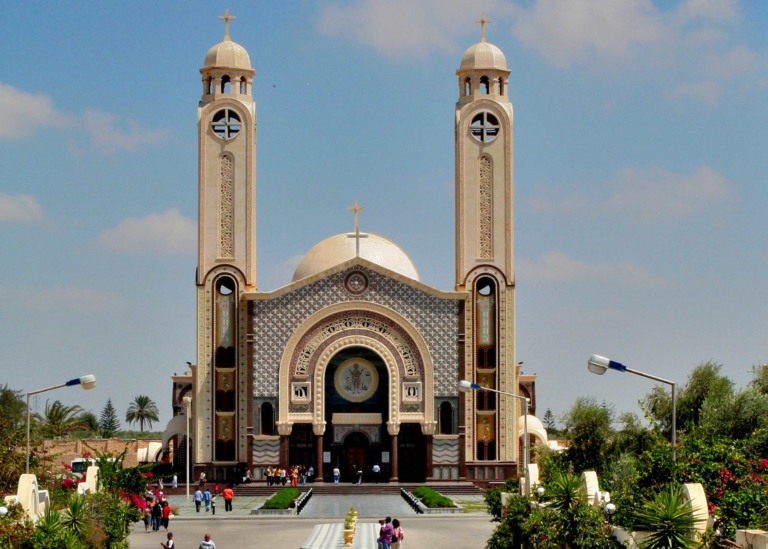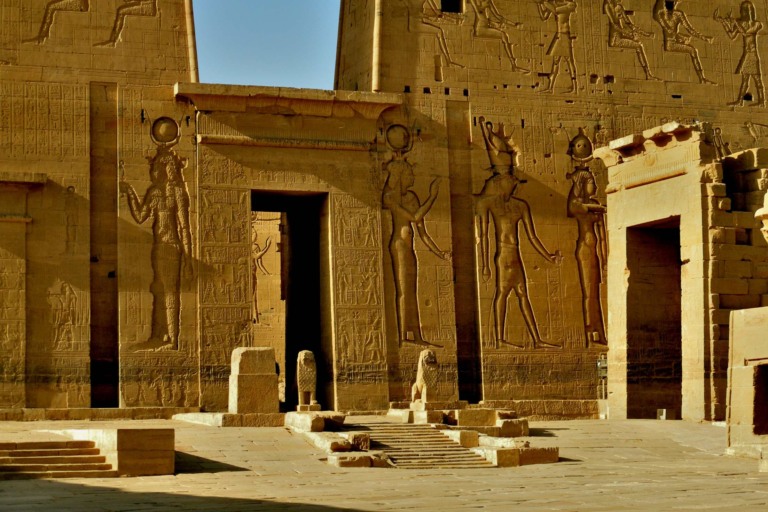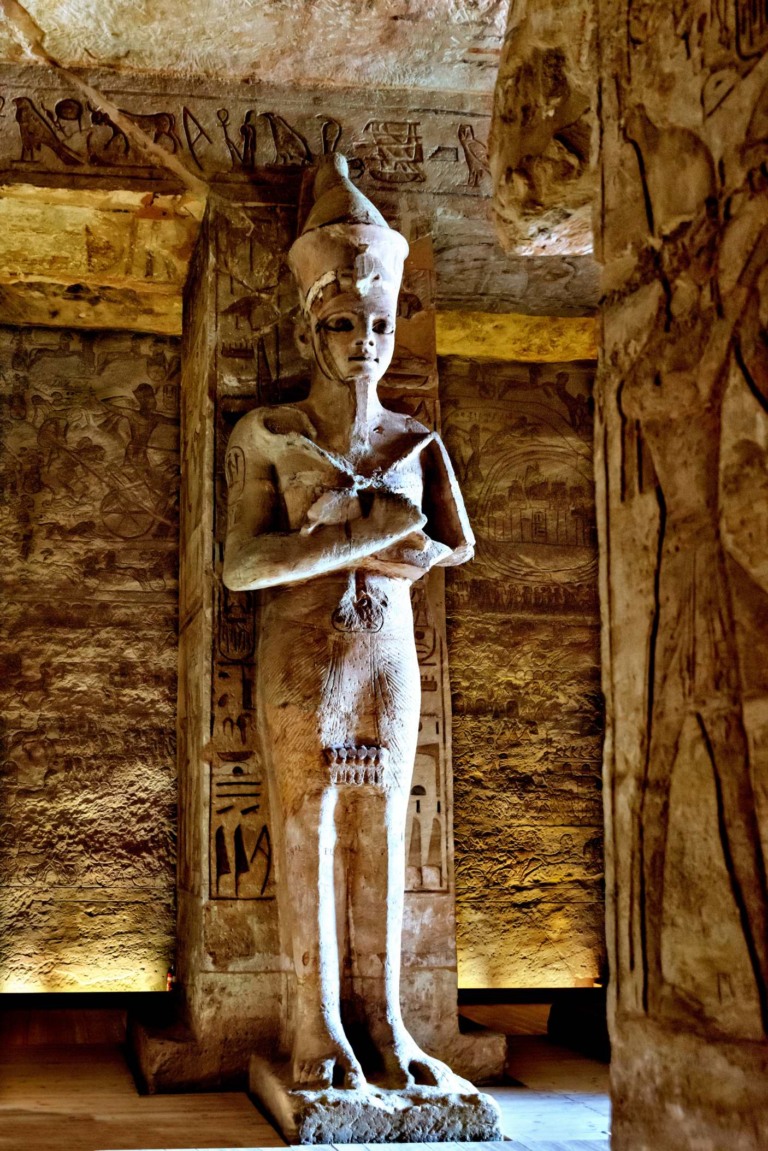Matobo Hills Zimbabwe
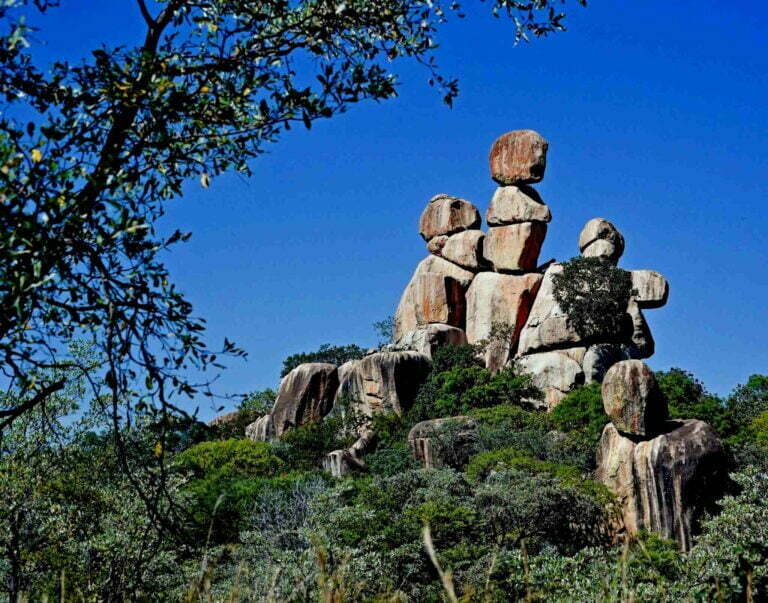
Matobo Hills, also known as Matopos, is a region of granite hills and kopjes (rocky hills) located in the southeast of Bulawayo, Zimbabwe, steeped in history and tradition. Some believe that these hills are haunted by the spirits of long-dead Ndebele chiefs. In these hills, you’ll find a tapestry of cultural and natural wonders. The name “Matobo” itself has various interpretations, with some suggesting it means “the rocks” (matombe or madombe), while others contend it signifies “bald heads” (matobo). Regardless of its etymology, Matobo Hills stands as a geological marvel. Erosion, shaped by the flow of rivers, has given rise to stunning rock formations and deep valleys, forming a landscape that spans an area of about 1,200 square miles and reaches an average height of 5,000 feet (1,500 meters). The region covers approximately 3,100 square kilometers and is characterized by a unique landscape of balancing rocks, granite domes, and wooded valleys. Here are some key points about Matobo Hills:
